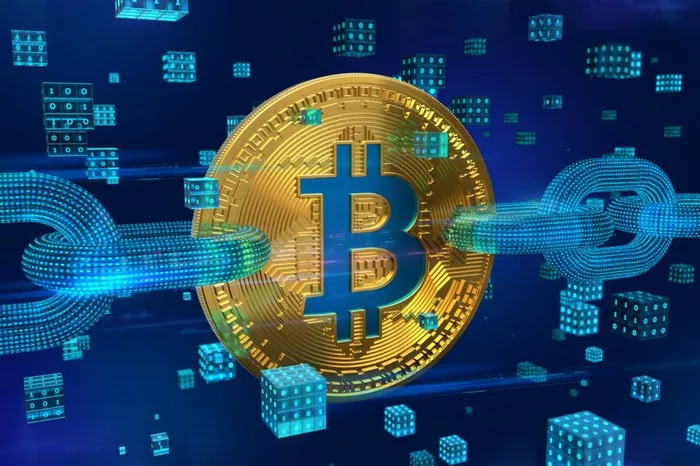War, as a significant geopolitical event, has profound effects on various aspects of the global economy. The cryptocurrency market, being relatively new and dynamic, is particularly susceptible to such disruptions. This article explores the major impacts of war on cryptocurrency, providing an in-depth analysis of how conflicts shape this burgeoning sector.
1. Market Volatility and Price Fluctuations
Immediate Market Reactions
War typically leads to immediate market volatility. Cryptocurrencies, known for their inherent volatility, often experience significant price swings during periods of conflict. Investors, driven by fear and uncertainty, may rapidly buy or sell assets, causing sharp price movements.
Flight to Safety
In times of war, investors often seek safe-haven assets. Traditionally, gold and government bonds serve this purpose. However, some investors also consider cryptocurrencies like Bitcoin as a store of value. This perception can drive demand for certain cryptocurrencies, leading to price increases despite broader market instability.
2. Increased Adoption of Cryptocurrencies
Financial System Disruptions
War can disrupt traditional financial systems. Banking infrastructure might be compromised, and access to fiat currency can become challenging. In such scenarios, cryptocurrencies provide an alternative means of transaction, fostering increased adoption.
Cross-Border Transactions
Conflicts often necessitate cross-border transactions for aid, trade, or migration. Cryptocurrencies, with their decentralized nature, facilitate seamless cross-border transfers, bypassing traditional banking systems that may be impacted by war.
See Also: The 7 Most Volatile Cryptocurrencies
3. Regulatory Responses and Government Actions
Stricter Regulations
Governments might impose stricter regulations on cryptocurrency trading and usage during wartime. These measures can include tighter Know Your Customer (KYC) and Anti-Money Laundering (AML) protocols to prevent illicit activities such as terrorism financing.
Confiscation and Control
In extreme cases, governments might attempt to control or confiscate cryptocurrency assets. This can be done to prevent capital flight or to seize funds linked to opposition groups. Such actions can impact market dynamics and investor confidence.
4. Technological Innovations and Security
Enhanced Security Measures
The threat of cyber-attacks increases during war. Cryptocurrency networks might face heightened risks of hacking and cyber espionage. This necessitates the development and implementation of advanced security measures to protect digital assets.
Decentralized Finance (DeFi) Growth
War-induced disruptions in traditional finance can accelerate the growth of Decentralized Finance (DeFi). DeFi platforms, which operate independently of centralized authorities, offer resilient financial services during conflicts, driving technological innovation in the cryptocurrency space.
5. Humanitarian Aid and Fundraising
Efficient Fundraising
Cryptocurrencies provide a transparent and efficient means for fundraising. During conflicts, humanitarian organizations can leverage blockchain technology to raise and distribute funds quickly and securely. This ensures that aid reaches those in need without delay.
Transparency and Accountability
Blockchain’s immutable ledger ensures transparency and accountability in the distribution of aid. Donors can track their contributions, enhancing trust and encouraging more donations during wartime.
6. Economic Sanctions and Their Evasion
Impact of Sanctions
War often leads to economic sanctions against the conflicting nations. These sanctions can cripple traditional financial systems. Cryptocurrencies offer a means to evade such sanctions, enabling entities to continue transactions despite economic restrictions.
Risks of Sanction Evasion
While cryptocurrencies can help evade sanctions, this raises legal and ethical concerns. It also attracts regulatory scrutiny and potential crackdowns on cryptocurrency exchanges and service providers involved in such activities.
7. Geopolitical Shifts and Power Dynamics
Shifts in Mining Operations
War can alter the global landscape of cryptocurrency mining. Conflicts in major mining regions can disrupt operations, leading to a redistribution of mining power. This can affect the overall security and decentralization of blockchain networks.
Influence on Global Policies
Geopolitical shifts caused by war can influence global cryptocurrency policies. Nations might adopt more favorable or restrictive stances on cryptocurrencies based on their geopolitical interests and alliances formed during conflicts.
8. Long-Term Economic Consequences
Post-War Reconstruction
Post-war reconstruction efforts can drive the adoption of blockchain technology for rebuilding economies. Cryptocurrencies can play a role in facilitating transparent and efficient allocation of resources for reconstruction projects.
Stabilization and Growth
In the long term, war-induced disruptions might lead to economic stabilization and growth in the cryptocurrency sector. As traditional systems recover, the innovations and adaptations developed during conflicts can strengthen the resilience and robustness of the cryptocurrency market.
Conclusion
The impacts of war on cryptocurrency are multifaceted and significant. From market volatility and increased adoption to regulatory responses and technological innovations, conflicts shape the cryptocurrency landscape in various ways. Understanding these impacts is crucial for investors, policymakers, and stakeholders in the cryptocurrency space to navigate the challenges and opportunities presented by such geopolitical events.
Cryptocurrencies, with their decentralized and resilient nature, have the potential to provide alternative financial solutions during times of conflict. However, the associated risks and ethical considerations necessitate a balanced approach to leveraging this technology in the face of war. As the global geopolitical landscape continues to evolve, the relationship between war and cryptocurrency will remain a critical area of study and analysis.
Related topics:
























